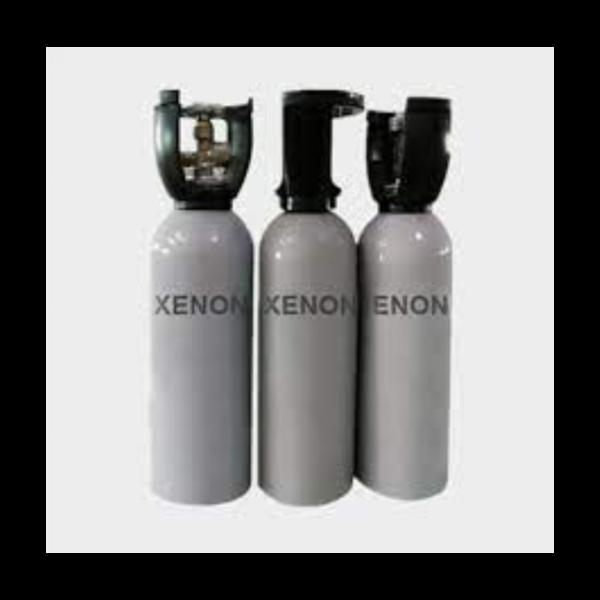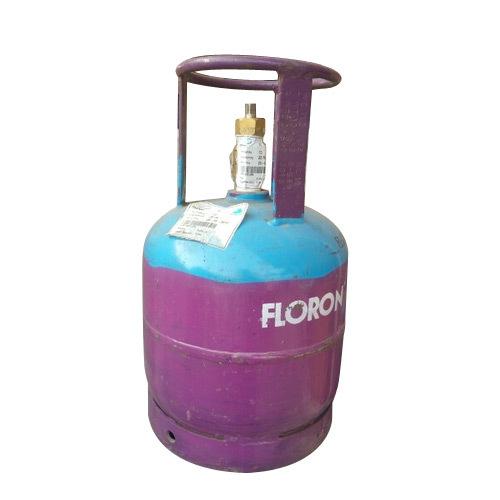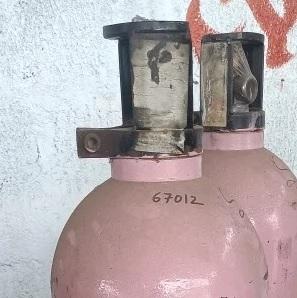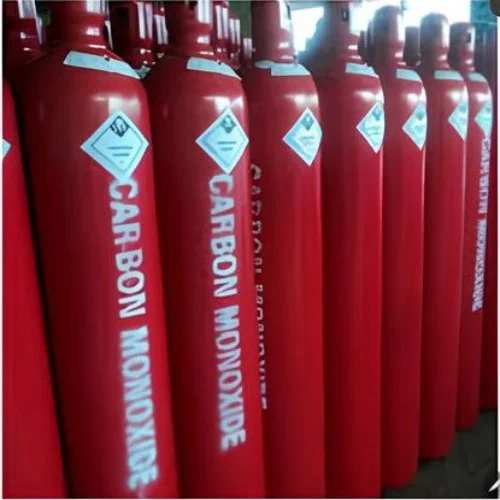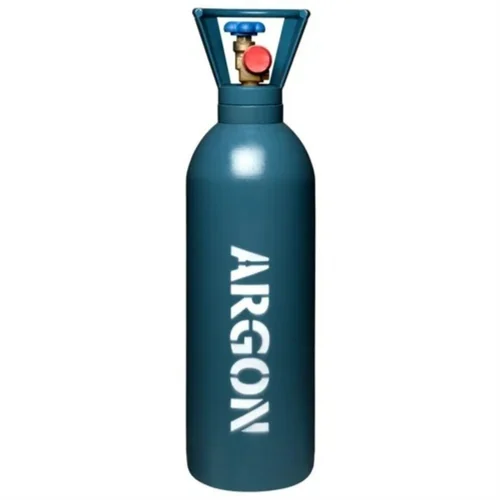
argon (Ar), chemical element, inert gas of Group 18 (noble gases) of the periodic table, terrestrially the most abundant and industrially the most frequently used of the noble gases. Colourless, odourless, and tasteless, argon gas was isolated (1894) from air by the British scientists Lord Rayleigh and Sir William Ramsay. Henry Cavendish, while investigating atmospheric nitrogen (“phlogisticated air”), had concluded in 1785 that not more than 1/120 part of the nitrogen might be some inert constituent. His work was forgotten until Lord Rayleigh, more than a century later, found that nitrogen prepared by removing oxygen from air is always about 0.5 percent more dense than nitrogen derived from chemical sources such as ammonia. The heavier gas remaining after both oxygen and nitrogen had been removed from air was the first of the noble gases to be discovered on Earth and was named after the Greek word argos, “lazy, ” because of its chemical inertness. (Helium had been spectroscopically detected in the Sun in 1868.)
In cosmic abundance, argon ranks approximately 12th among the chemical elements. Argon constitutes 1.288 percent of the atmosphere by weight and 0.934 percent by volume and is found occluded in rocks. Although the stable isotopes argon-36 and argon-38 make up all but a trace of this element in the universe, the third stable isotope, argon-40, makes up 99.60 percent of the argon found on Earth. (Argon-36 and argon-38 make up 0.34 and 0.06 percent of Earth’s argon, respectively.) A major portion of terrestrial argon has been produced, since the Earth’s formation, in potassium-containing minerals by decay of the rare, naturally radioactive isotope potassium-40. The gas slowly leaks into the atmosphere from the rocks in which it is still being formed. The production of argon-40 from potassium-40 decay is utilized as a means of determining Earth’s age (potassium-argon dating).
Argon is isolated on a large scale by the fractional distillation of liquid air. It is used in gas-filled electric light bulbs, radio tubes, and Geiger counters. It also is widely utilized as an inert atmosphere for arc-welding metals, such as aluminum and stainless steel; for the production and fabrication of metals, such as titanium, zirconium, and uranium; and for growing crystals of semiconductors, such as silicon and germanium.
Concept artwork on the periodic table of elements.
Keywords
006 percent
9960 percent
0934 percent
05 percent
1120 part
isolated 1894
liquid air
inert atmosphere
arcwelding metals
widely utilized
potassium40 decay
nitrogen derived
removing oxygen
nitrogen prepared
found occluded
argon found
growing crystals
titanium zirconium
stainless steel
geiger counters
fractional distillation
large scale
potassiumcontaining minerals
earths formation
major portion
earth argon36
argon38 make
spectroscopically detected
noble gases
lord rayleigh
inert constituent
terrestrial argon
earths argon
chemical sources
periodic table
periodic table terrestrially
tasteless argon gas
stable isotopes argon36
chemical inertness helium
germanium concept artwork
gas slowly leaks
heavier gas remaining

